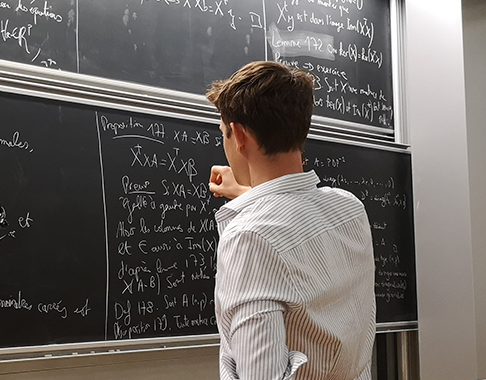Microeconomics 1 (FR)
Teacher
CHONÉ Philippe
Department: Economics
ECTS:
4
Course Hours:
19.5
Tutorials Hours:
16.5
Language:
French
Examination Modality:
écrit+CC
Objective
This course questions some of the assumptions underlying the fundamental theorems of welfare economics studied in the first year. It begins by examining how the presence of informational asymmetries between agents leads to inefficient outcomes. It then analyzes situations in which interactions between economic agents are not reflected in the price system, giving rise to externalities. In a final opening section, the course acknowledges that in practice consumers are not perfectly rational and explores the extent to which market functioning is affected. This part serves as a transition to the industrial economics course in the second semester, which explores in detail the notion of firms’ market power.
By the end of the course, students will be able to:
Break down a simple microeconomic situation in order to understand how agents behave and interact;
Model different sequences of interactions using game theory tools;
Determine the economic optimum;
Identify, where relevant, the reasons why the optimum is not achieved and propose ways to restore efficiency.
The final grade for this course is based on:
2/3 from the written final exam;
1/3 from continuous assessment, itself composed of a midterm grade (50%), an attendance grade (25%), and a participation grade (25%).
Planning
Part One: Information Asymmetry (adverse selection, moral hazard, and signaling)
Part Two: Public Goods and Externalities
Part Three: Bounded Rationality of Consumers and Market Functioning (introduction)
References
Mas-Colell, Winston, Green: "Microeconomic Theory", Oxford University Press
Salanié: "Microéconomie - Les défaillances du marché", Economica
Salanié: "Théorie des contrats", Economica
Spiegler: “Bounded rationality and industrial organization”, Oxford University Press










